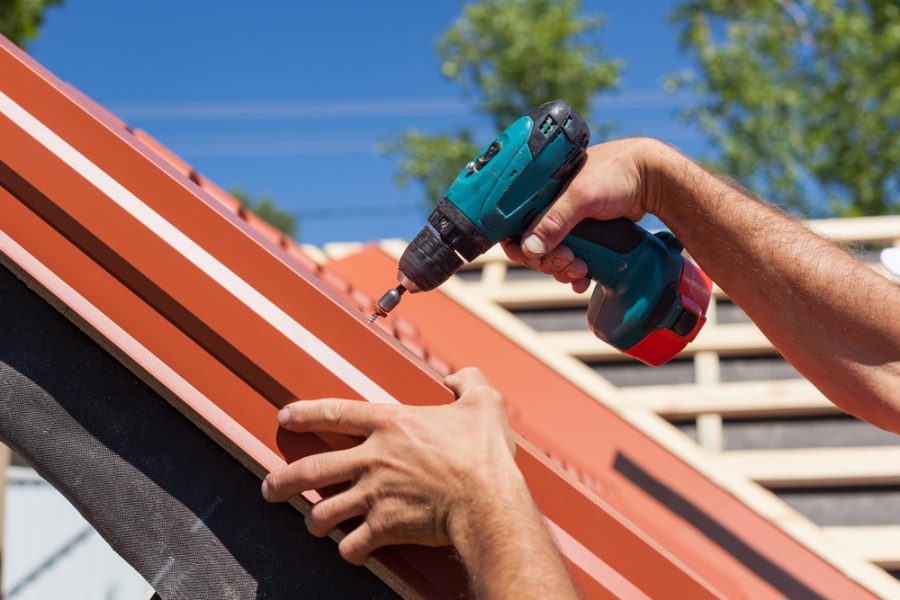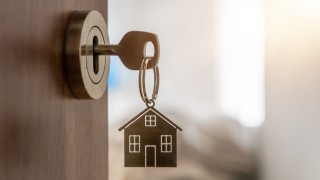It is best to detect roof problems before they cause serious damage. This requires careful inspection of your roof’s condition every few months. This can also help prevent expensive repairs or replacements in the future. Taking care of minor repairs is much more affordable than conducting major repairs and replacements. This guide takes you through the process to approach roof repair the smart way.
Schedule Periodic Roof Inspections
You should schedule regular roof inspections with a licensed and trusted roofing contractor. Professionals with specialized experience in your type of roof know how the roofing system works. They also know where to look for problems and what needs to be fixed to prevent future issues.
Scheduled, professional inspections can help improve the following aspects of your roof:
- Service life
- Appearances
- Performance
Issues can be identified and fixed before they become major ones.
Conduct Visual Inspections
It is also recommended to check your roof once in a while. Besides checking the roof from the ground, you can also enter the attic. Look for signs of saturated insulation, roof leaks, and water stains.
What are the Common Signs of Problems?
It is recommended to use a pair of binoculars to inspect your roof from the ground. Some of the common signs of issues are as follows:
Damaged or Missing Shingles
You can easily spot this problem from the ground. Are there shingles on your yard? Do you notice patches of different colors on your roof? Shingles can be damaged by strong winds and rains. They can also be blown away.
Cracks in Vent Booting
The job of roof vents is to remove excess moisture. They seem like small pipes projecting out of the roof. Vent booting is an important component that seals the point where the pipes project out of your roof. Age and elements can cause this booting to decay, creating cracks. Check this area on the roof vents and if the booting looks old and worn, call the professionals to fix them.
Cracks in Flashing
Flashings are responsible for protecting the gaps within your roofing system. These thin metal pieces go beneath shingles and the joints and valleys. They play an important water-resistant role.
Look for any cracks in these flashings. Both corrosion and weather conditions can cause cracks, leading to leakage.
There are many other signs of problems with your roofing. You should call the professionals for repair if you notice the following signs:
- Condensation in the attic
- Incorrectly installed skylights
- Too much asphalt shingle granules in the gutters
Types of Roof Repairs
Some of the common types of roof repair projects and their basics are as follows:
Repairing Roof Flashing
Repairing roof flashing involves a quality-controlled process. Make sure that your contractor uses only high quality materials that last longer. Recommended flashing materials include:
- Copper
- Aluminum
- Membrane tape
Avoid the use of galvanized steel.
Roof Vent Booting Replacement
A decayed and worn out old boot is fixed by removing the boot or collar. First, the nails on the shingles surrounding the boot are removed. Once the boot is replaced with a new one, a roof sealant is applied around it for waterproofing.
Damaged Shingles
When shingles are damaged or missing, they are replaced with new ones. The nails securing the damaged shingle are removed and a new shingle will replace the old one. High quality and weather resistant nails are used to secure the new shingles in place.
It is recommended to hire a licensed, insured, and experienced roofing contractor for your roof repair projects. It is best to spend some time researching and finding the right roofer with local experience.



